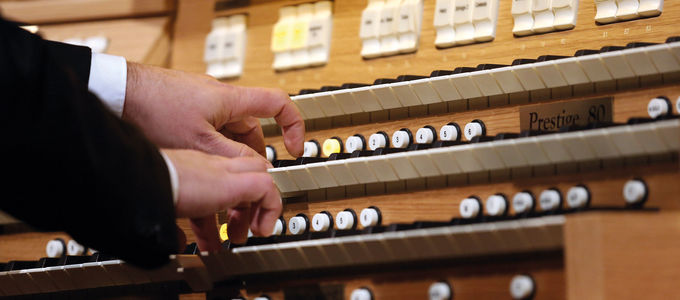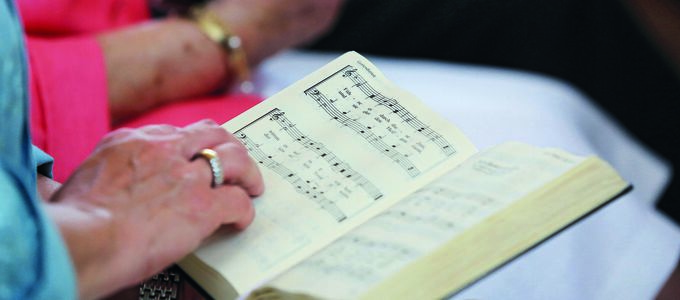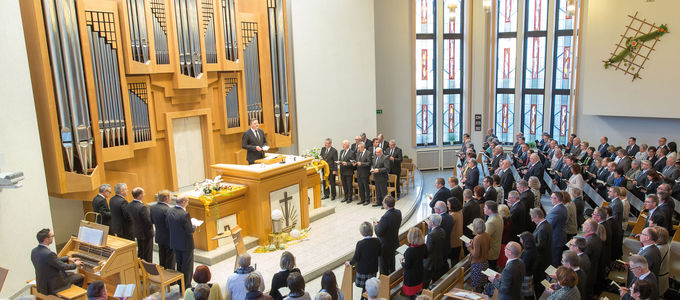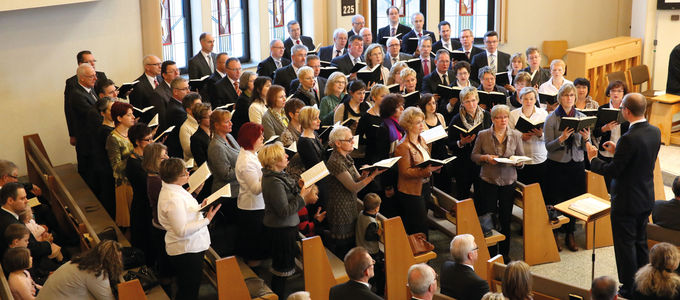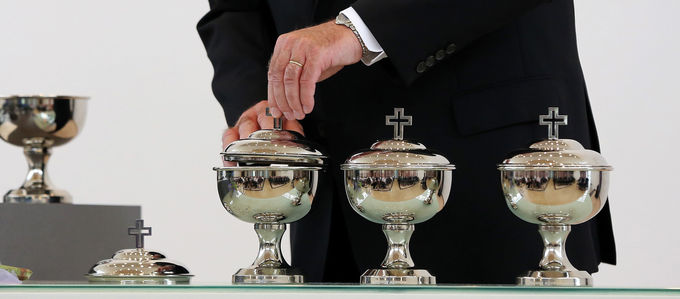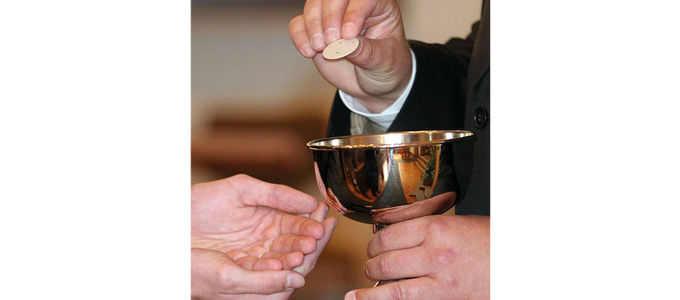Divine service: the mystery of an encounter with God
Like many other Christians we attend divine services. It seems like something completely normal. But why do we go? And what exactly is divine service?
Divine service is an encounter between God and man, we read in the Catechism. “In the worshipful serving of the believers and in the perceptible presence of the triune God, the congregation experiences that God serves them in love” (Catechism 12.1.1). God’s word and sacrament—two key aspects of every divine service.
Already the divine service of the Old Testament is based upon encounters between God and mankind. The first altar was built by man in order to serve God, to worship Him, to offer thanks to Him, and to sacrifice to Him. This is described in Genesis. Noah erected an altar and brought God a thank-offering. Jacob called the place where God spoke to him Bethel, meaning “house of God”.
Divine service in the Old Testament
Genuine forms of divine service developed over a long period of time. Aaron’s blessing: “The Lord bless you and keep you; the Lord make His face shine upon you, and be gracious to you; the Lord lift up His countenance upon you, and give you peace,” is one of the first known liturgical formulas.
King Solomon had the temple built in Jerusalem. Divine services were celebrated there. They consisted mainly of the daily slaughtering of sacrificial animals by the priests. This sacrificial service was from then on practised exclusively in the temple of Jerusalem. The temple was also the place where the Jewish feasts—such as the Passover and the Feast of Tabernacles (Leviticus 23)—were observed.
Divine services in the New Testament
What about the New Testament? The Catechism says: “The incarnation of Jesus Christ marked the beginning of a completely new dimension of God’s service to mankind. The Son of God came to earth as both true Man and true God. He was born into the Jewish nation, He went to the temple, participated in the divine service of the synagogue, and helped define it. Beyond that He acted as a teacher who preached with divine authority (Matthew 7: 29). Beyond that He caused people to be baptized and later instituted Holy Communion. Thus Jesus’ words and deeds already contained that which would later come to define Christian divine service: word and sacrament.”
Jesus’ words and deeds are, therefore, the standard for divine service. The Apostles continue to practise this. Peter conducted a powerful Pentecost sermon, inspired by the Holy Spirit. Pentecost is so to speak the first divine service of the church of Christ. Four fundamental elements of New Testament divine service are attested among the members of the first Christian church at Jerusalem: “And they continued steadfastly in the Apostles’ doctrine and fellowship, in the breaking of bread, and in prayers” (Acts 2: 42).
Central event: Holy Communion
The sequence of New Apostolic divine service follows the tradition of reformed divine services. In earlier times, Christian divine service was characterized by an elaborate liturgy. Divine services that put emphasis on the sermon developed later on through the Reformation and within Protestantism. Divine services in the Catholic Apostolic Church were also celebrated with an elaborate liturgy. The central event of every divine service is the celebration of Holy Communion. Jesus Christ is truly present in the congregation. “In Holy Communion it is not only the body and blood of Christ, but also His sacrifice itself that are truly present” (Catechism 8.2.13). Yet this sacrifice has only been brought once and is not repeated in Holy Communion. But Holy Communion is not merely a reminder of the sacrifice: “During the celebration of Holy Communion, Jesus Christ is in the midst of the congregation as the crucified, risen, and returning Lord.”
Divine service is a gift. The congregation experiences the mystery of an encounter between God and man at the altar, which is always new.
Article info
Author:
Date:
Keywords:
Peter Johanning
15.02.2016
Holy Communion,
Divine service,
Doctrinal statements



